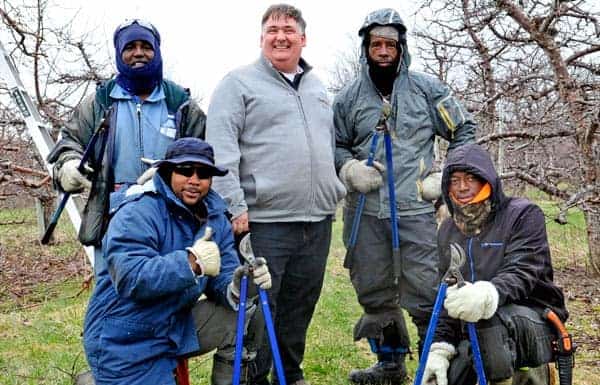;
;
;
Next Article
Kings fall to LaSalle in semi-finals on home ice

With big changes to the temporary foreign workers program coming into effect at the start of the month, much attention is being paid to the contentious practice. As the spotlight on the system has grown, so too has confusion regarding the TFWP’s less controversial cousin, the seasonal agricultural w
Last updated on May 04, 23
Posted on Apr 24, 15
4 min read
